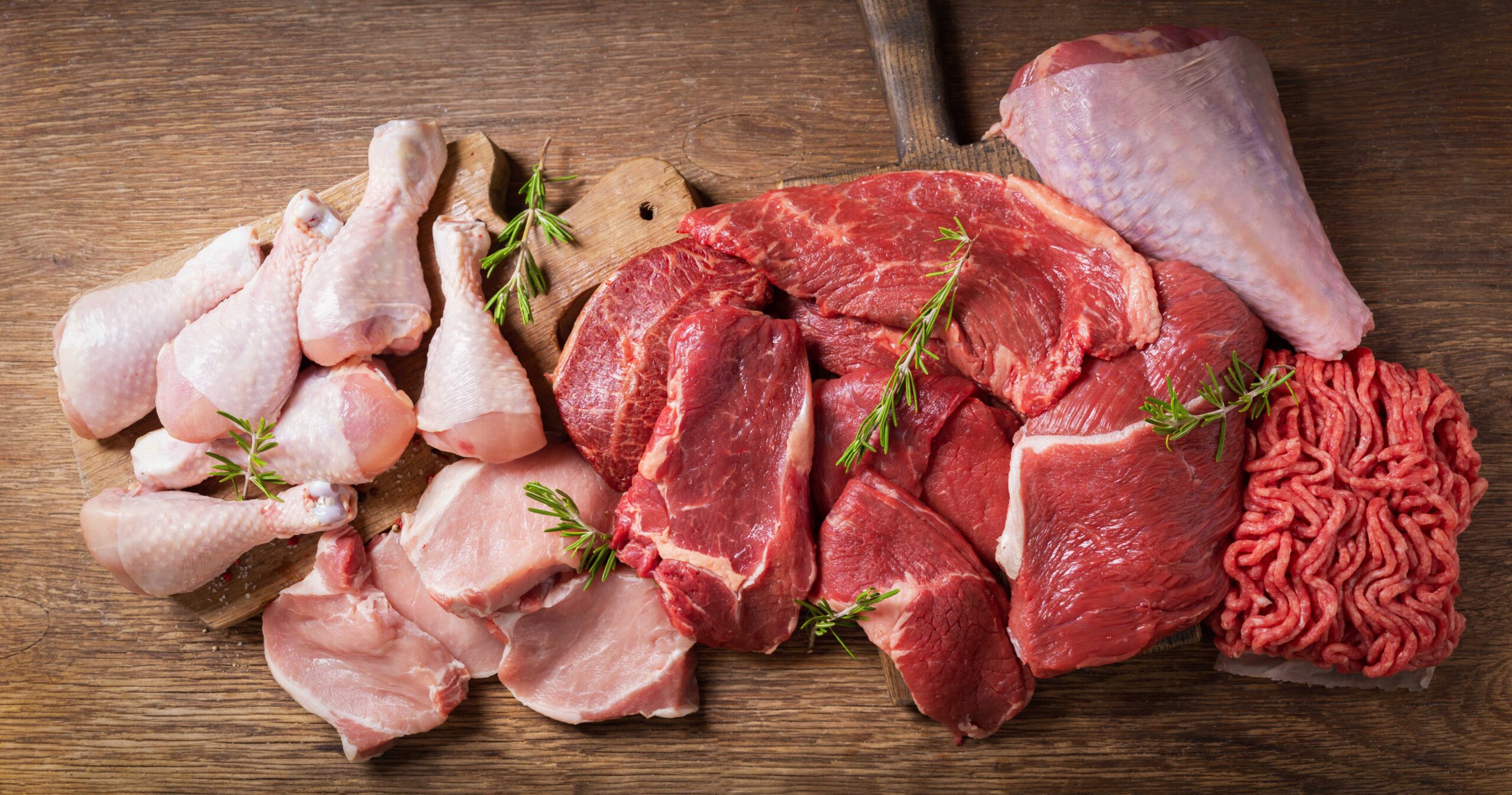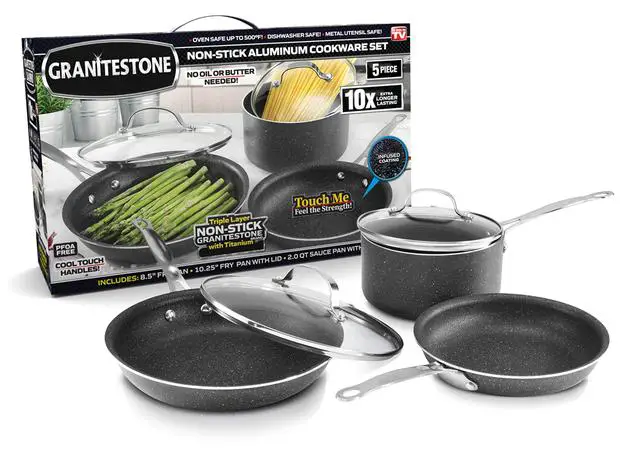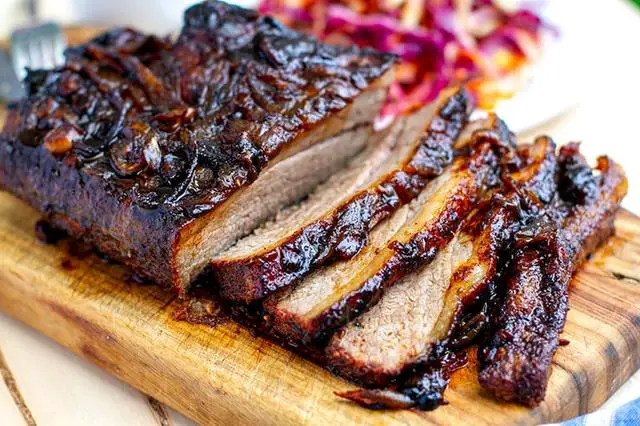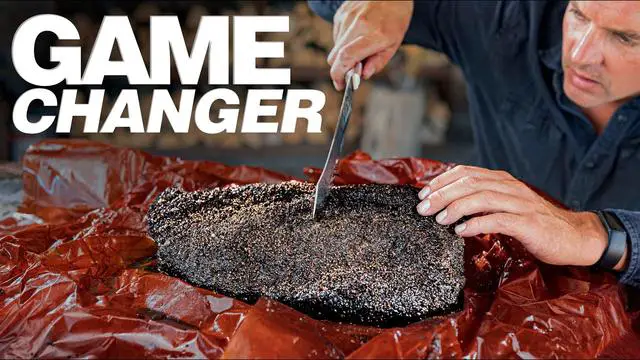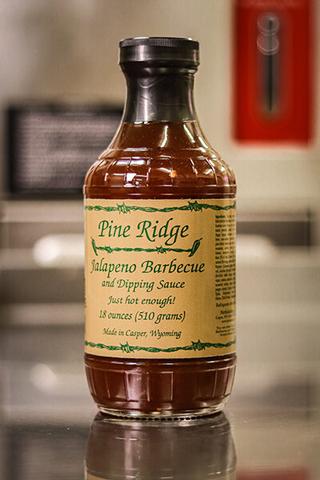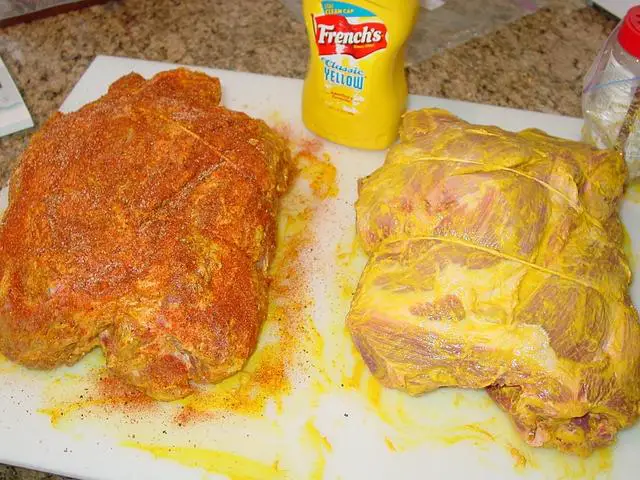
When exploring what tarragon tastes like, culinary experts immediately recognize its unique place in the landscape of herbs and spices. While fresh tarragon remains overlooked in many home kitchens, professional chefs revere its distinctive flavor profile, earning it the title “King of Herbs” in French cuisine. From understanding what French tarragon tastes like to discovering the flavor notes in tarragon chicken, this sensory exploration reveals why this remarkable herb has captured the attention of food enthusiasts worldwide.
Understanding Tarragon’s Essence

Understanding Tarragon’s Essence
When people wonder, “What does tarragon taste like?” tarragon is known for its licorice-like flavor, but describing it simply as “licorice-flavored” would be doing this sophisticated herb a grave disservice.
Think of tarragon’s flavor as a well-composed symphony where anise notes play the leading role, but numerous subtle undertones create a harmonious blend that’s greater than the sum of its parts. As one chef beautifully put it, it tastes “like licorice chilled out and went to the countryside”—a” perfect description that captures both its primary flavor and its gentle, refined nature.
Discover what does tarragon taste like?

Discover what does fresh tarragon taste like?
What does fresh tarragon taste like? It’s a question that deserves a detailed answer. Fresh tarragon presents a complex palette of flavors that includes:
- A gentle, sweet anise base note
- Bright citrus undertones
- A subtle pepper kick
- Delicate hints of vanilla
- Fresh, grassy notes
- A whisper of mint
- Ethereal eucalyptus touches
The magic of fresh tarragon lies in how these flavors dance together. The anise flavor is present but never overwhelming—it’s more of a gentle suggestion than a bold statement. The herb brings a freshness that’s both bright and sophisticated, with a complexity that unfolds as you eat.
French Tarragon: The Crown Jewel
What does French tarragon taste like compared to other varieties? French tarragon (Artemisia dracunculus) is considered the gold standard for culinary use and good reason. Its flavor profile is the most refined and complex of all tarragon varieties, offering:
- A more delicate and nuanced anise flavor
- Better balanced sweetness and bitterness
- More pronounced aromatic qualities
- A smoother, more sophisticated finish
This superior flavor profile is one reason why French tarragon is more challenging to cultivate – it rarely produces viable seeds and must be propagated through root division or stem cuttings. But ask any chef, and they’ll tell you it’s worth the extra effort.
A Shape-Shifting Flavor of Tarragon

A Shape-Shifting Flavor of Tarragon
Fresh vs. Dried: Understanding the Transformation
The flavor of tarragon changes dramatically depending on its form. While many herbs simply become more concentrated when dried, tarragon undergoes a more complex transformation:
Fresh Tarragon:
- Full spectrum of flavors
- Bright, vibrant notes
- Delicate citrus undertones
- Balanced sweetness and bitterness
Dried Tarragon:
- More pronounced licorice notes
- Loss of subtle citrus and grassy notes
- More concentrated flavor
- Requires careful portioning
This is why recipes often specify either fresh or dried tarragon—they’re not directly interchangeable, as they bring different qualities to a dish.
Tarragon Chicken: A Perfect Flavor Marriage
What does tarragon chicken taste like? This classic French combination is a perfect example of how tarragon can elevate a dish. When properly prepared, tarragon chicken offers
- A sophisticated herb flavor that penetrates the meat
- A subtle anise backdrop that doesn’t overwhelm
- A fresh, spring-like quality that lightens the dish
- A complex layering of flavors when combined with cream or white wine
The key to perfect tarragon chicken lies in understanding when to add the herb. Adding some at the beginning of cooking allows the flavor to infuse the meat, while a fresh sprinkle at the end provides bright, aromatic notes that make the dish truly special.
Understanding Dried Tarragon
What does tarragon spice taste like compared to its fresh counterpart? The dried form of tarragon, while different from fresh, still has its place in the kitchen. The drying process concentrates certain flavor compounds while diminishing others, resulting in:
- A more pronounced licorice flavor
- Less complexity but more intensity
- A deeper, more concentrated herbal note
- A slightly more bitter profile
While many chefs prefer fresh tarragon, the dried version can be valuable in certain applications, particularly in spice blends, marinades, and long-cooking dishes where the subtleties of fresh tarragon might be lost anyway.
Making the Most of Tarragon’s Flavor
Understanding tarragon’s flavor profile is just the beginning; knowing how to use it effectively is equally important. Here are some key principles for maximizing Tarragon’s potential:
Timing Is Everything
- Add fresh tarragon near the end of cooking to preserve its delicate flavors.
- Use dried tarragon earlier in the cooking process
- Consider adding tarragon in stages for a layered flavor
- Be cautious with cooking time, as too much heat can create bitterness
Perfect Pairings
Tarragon’s unique flavor profile makes it particularly well-suited to certain ingredients:
- Poultry (especially chicken)
- Fish and seafood
- Eggs
- Mushrooms
- Butter and cream sauces
- Citrus fruits
- Mild cheeses
- Spring Vegetables
Common Pitfalls and Solutions
When working with tarragon, it’s important to be aware of potential issues:
- Overpowering the Dish
- Start with less than you think you need
- Add gradually and taste frequently
- Remember that the flavor can intensify during cooking
- Fixing Too Much Tarragon If you’ve added too much, try:
- Diluting with additional main ingredients
- Adding dairy to mellow the flavor
- Introducing acidic elements like tomatoes or citrus
- A touch of sugar to balance the bitterness
- Using red wine or vinegar to create balance
Read more: Great Ocean Candy 101: What Do Scallops Taste Like?
Tarragon’s Cultural Significance
Tarragon’s distinctive taste has earned it a special place in various culinary traditions.
- In French cuisine, it’s essential for Béarnaise sauce and fines herbes
- Eastern European cultures use it in drinks and vinegars
- Persian cuisine incorporates it into fresh herb platters
- Armenian cuisine features it in a popular carbonated beverage
A Sophisticated Herb Worth Exploring

A Sophisticated Herb Worth Exploring with a sophisticated, multi-layered flavor
After diving deep into tarragon’s flavor profile, it’s clear why this herb has earned its royal status in French cuisine. Its complex taste offers something truly unique in the culinary world—a sophisticated, multi-layered flavor that can transform ordinary dishes into something special.
Whether you’re trying tarragon for the first time or looking to understand it better, remember that its charm lies in its subtlety. It’s an herb that doesn’t demand attention but rather invites you to discover its complexity gradually, rewarding those who take the time to appreciate its nuanced flavor profile.
For home cooks looking to expand their herbal repertoire, tarragon offers an excellent opportunity to elevate their cooking. Start with classic combinations like tarragon chicken or simple compound butter, and let this remarkable herb show you why it’s earned its noble reputation in the culinary world.
Final Tips for Working with Tarragon
- Quality Matters
- Choose fresh tarragon with bright, green leaves
- Store properly to maintain flavor
- Use French tarragon when possible for the best flavor
- Experimentation
- Start with traditional pairings
- Gradually explore new combinations
- Pay attention to timing and quantity
- Trust Your Palate
- Taste frequently when cooking
- Adjust amounts to your preference
- Remember that personal taste varies
Conclusion
Remember, like any ingredient, mastering tarragon takes time and practice. But with its unique and sophisticated flavor profile, it’s an herb that’s well worth getting to know. Whether you’re a professional chef or a home cooking enthusiast, understanding and appreciating tarragon’s complex taste can open up new dimensions in your culinary adventures.
Learn More About Grilling
If you want to learn more about grilling, check out these other helpful resources!

